About Centre
The Centre focuses on issues that challenge India’s internal security. Secessionist movements based on ethnic identities in the Northeast and Jammu & Kashmir have been contesting the Indian state through violent means for decades. The Left Wing Extremism movement based on Marxist-Leninist ideology is engaged in a struggle to overthrow the democratic structure of the Indian state. Intermittent terrorist attacks perpetrated by foreign and home grown terrorist groups have been disrupting peace and political order in the country. Infiltration, illegal migration, and trafficking of arms and narcotics are not only breaching the country’s international borders but are also aggravating its security situation. The research efforts of the Centre are focused on analysing the trends, patterns, causes, and implications of these threats and challenges, and suggesting policy alternatives. The Centre’s research agenda includes: left wing extremism, insurgencies in the Northeast India, cross border terrorism and militancy in Jammu and Kashmir, global and national trends in terrorism, management of India’s international borders and security of its coasts.
The Centre also undertakes various projects entrusted by the Ministry of Home Affairs and the National Security Council Secretariat on matters internal security. The Centre has a mix of civilian scholars and officers deputed from the armed forces and central armed police forces.
The Centre has a bilateral agreement to collaborate with the Border Security Forces' Institute for Border Management and Strategic Studies.
Members
-
Research Fellow (SS)
-
Consultant
-
Research Analyst
Events
Monday Morning Webinar on Implications of Enhancement of Area of Jurisdiction of BSF
International Conference on ‘Addressing the Challenge of International Terrorism and Radicalisation’
Members
-
Research Fellow (SS)
-
Consultant
-
Research Analyst



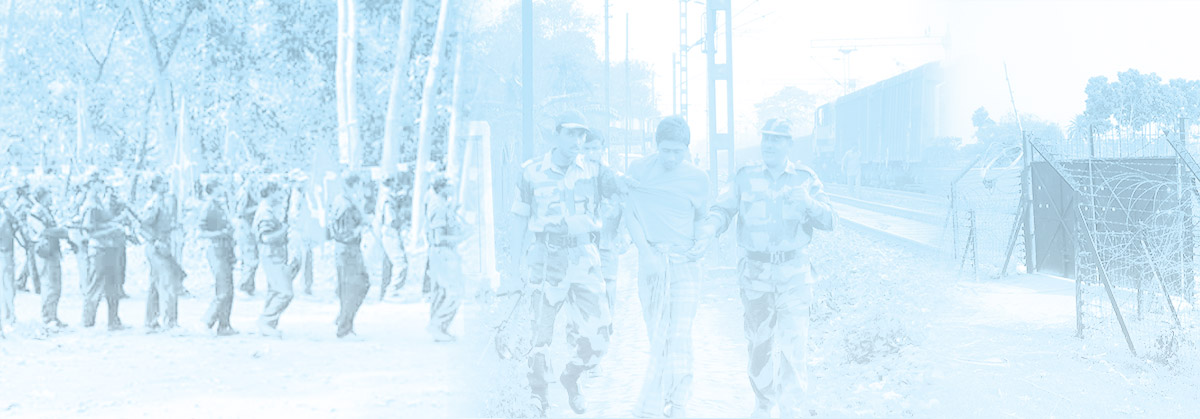

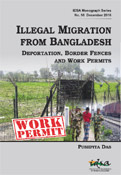
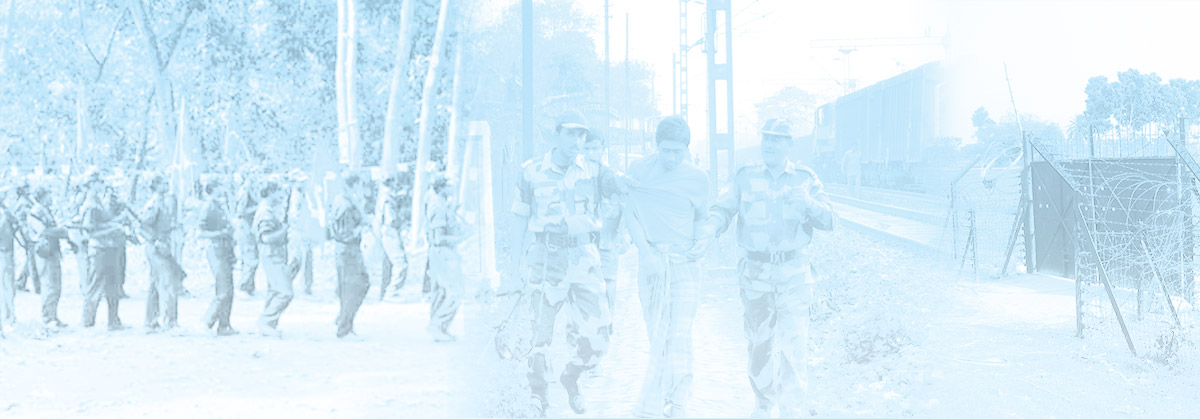
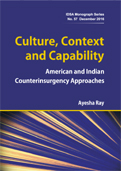



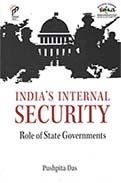

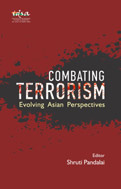






The Khalistan Movement in Canada: A Political Consensus
Since the early 1980s, the Canadian political landscape, irrespective of the political parties in power, has been permissive, if not sympathetic, to the Khalistan movement.